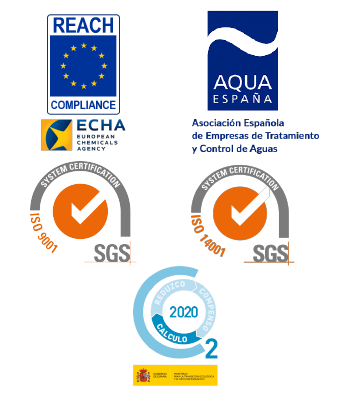Activated carbon is highly adsorbent and versatile, making it a useful element in a wide range of applications, from eliminating impurities in water to recovering solvent fumes in the industrial sector and recovering gold in mining.
One of the main applications of AC is retaining contaminants from gasses emitted during industrial processes. Nevertheless, AC isn’t used only to treat gasses. It can also be used for purification and separation in numerous industrial sectors, encompassing everything from mining to nuclear.
The proper application of activated carbon will depend on the raw material and activation technique used to produce it. This is why we have a wide range of carbon obtained from different raw materials, in granular, powdered or pellet format.





